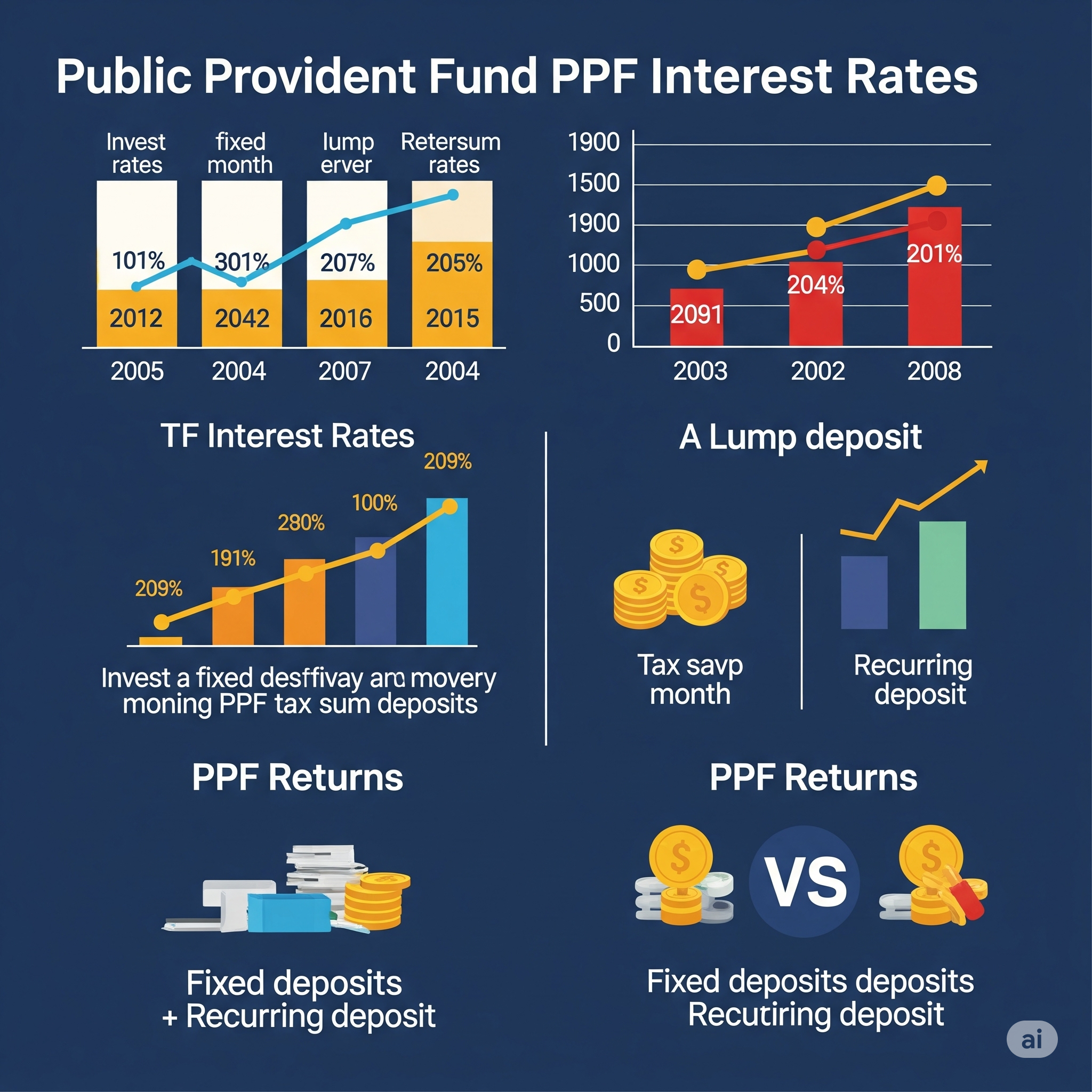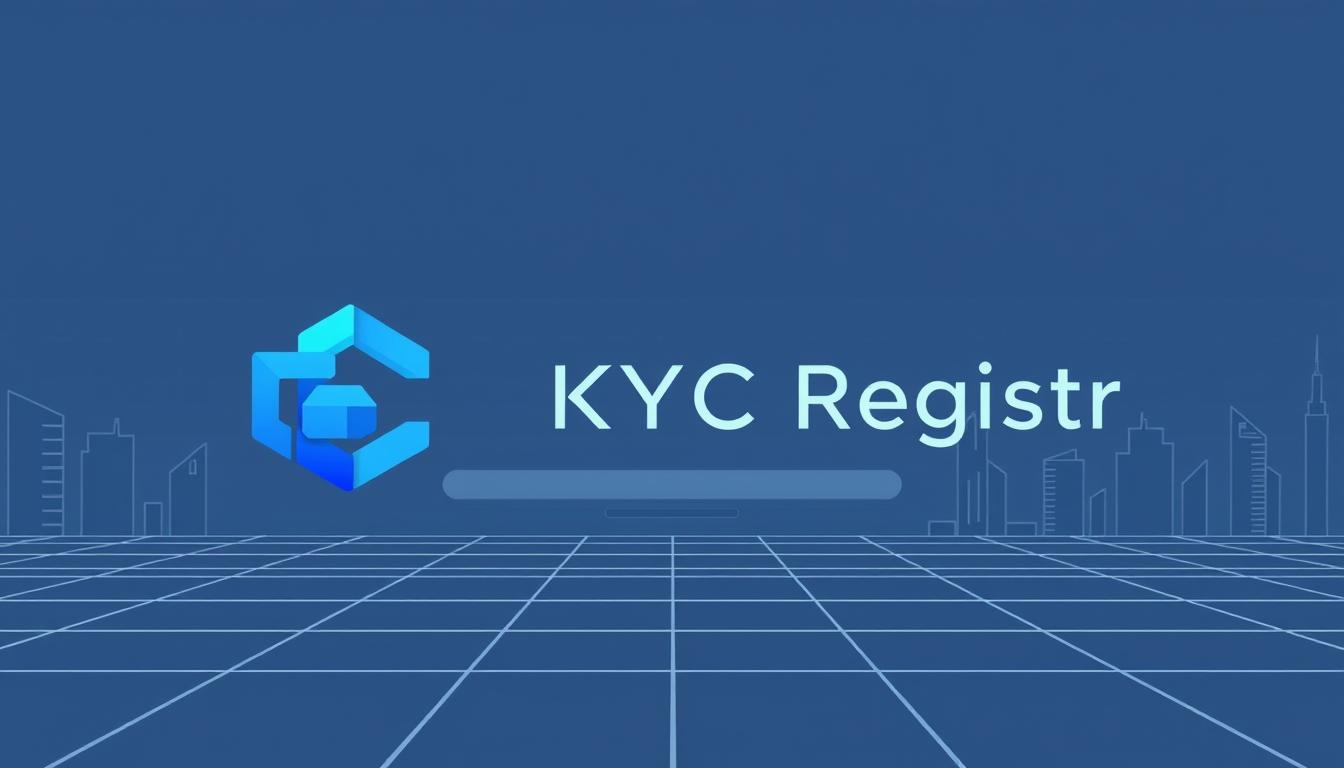The Post Office Recurring Deposit scheme is a popular savings instrument in India, offering attractive interest rates and security backed by the government.

As of 2025, the current interest rate on Post Office RD is 6.70% per annum, compounded quarterly. This scheme encourages regular monthly deposits over a fixed period, typically 5 years, making it an ideal option for building a corpus for future needs.
The Post Office RD account provides a disciplined approach to saving, with fixed monthly deposits, and is a government-sponsored savings program.
Key Takeaways
- The Post Office RD scheme offers a competitive interest rate of 6.70% per annum.
- It is a government-backed savings program with a fixed tenure of 5 years.
- The scheme encourages disciplined saving with fixed monthly deposits.
- Post Office RD accounts are ideal for building a corpus for future needs.
- The interest is compounded quarterly, maximizing returns.
Understanding Post Office Recurring Deposit Scheme
In India, the Post Office RD has emerged as a preferred savings instrument due to its high interest rate and government backing. This scheme is particularly attractive for individuals seeking a secure and reliable investment option.
What is a Post Office RD?
A Post Office Recurring Deposit is a type of savings scheme that allows individuals to deposit a fixed amount regularly, earning a competitive interest rate on their deposits. It is a popular choice among Indians due to its simplicity and the security provided by the government.
Why Choose Post Office RD Over Bank RDs?
Post Office RDs offer several advantages over Bank RDs, including higher interest rates (currently 6.70% p.a.), standardized terms across all branches, and enhanced security due to government backing. Additionally, the minimum deposit requirement is just ₹100, making it accessible to a wider audience. The scheme also offers loan facilities and nomination options, further enhancing its appeal.
- Higher interest rates compared to many bank RDs.
- Government backing for enhanced security.
- Standardized terms across all Post Office branches.
- Low minimum deposit requirement of ₹100.
- Additional benefits like loan facilities and nomination options.
Current Post Office RD Interest Rate in 2024

As of 2024, the Post Office RD interest rate continues to attract investors looking for secure investment options. The interest rate is compounded quarterly, enhancing the overall returns.
Historical Interest Rate Trends
The Post Office RD interest rates have seen fluctuations over the years. Historically, the rates have been competitive, often higher than those offered by commercial banks. Understanding these trends can help investors make informed decisions.
Interest Calculation Method
The interest on Post Office RD is calculated using the formula: A = P × (1+R/N)^(Nt), where A is the maturity amount, P is the recurring deposit, R is the rate of interest, N is the number of times interest is compounded per year, and t is the tenure. The quarterly compounding effect significantly enhances the final returns.
The Post Office provides calculators to help investors determine their expected returns without complex calculations. Each monthly deposit earns interest from the date of deposit until maturity.
Key Features of Post Office Recurring Deposit
The Post Office Recurring Deposit scheme is a popular savings option in India, offering a range of benefits that cater to diverse financial needs. It allows individuals to save a fixed amount regularly, making it an attractive option for those who want to build a corpus over time.
Minimum and Maximum Deposit Amounts
The Post Office RD scheme has a minimum deposit requirement, making it accessible to a wide range of investors. The minimum amount that can be deposited is Rs. 100, and there is no maximum limit, allowing for flexibility in investment. This flexibility makes it possible for individuals to start saving with a small amount and gradually increase their deposits.
Tenure Options
The tenure for Post Office RD accounts is typically 5 years. Investors can choose to open an account for this fixed period, during which they can deposit a fixed amount monthly. The fixed tenure helps inculcate a savings habit and provides a disciplined approach to investing.
Account Types
Post Office RD accounts can be opened in various forms, including single, joint, and minor accounts. A single account can be opened by any Indian resident above 18 years. Joint accounts are allowed for up to three adults, and minors above 10 years can independently operate RD accounts. Additionally, guardians can open and manage accounts on behalf of minors below 10 years or individuals with mental disabilities, making it a versatile savings option.
How to Calculate Post Office RD Returns
Calculating returns on a Post Office Recurring Deposit (RD) is crucial for investors to understand the maturity amount they can expect. The calculation involves understanding the compound interest formula and applying it to the deposited amount.
Compound Interest Formula Explained
The compound interest formula is A = P x (1 + R/N)^(Nt), where A is the amount at maturity, P is the principal amount, R is the annual interest rate, N is the number of times interest is compounded per year, and t is the tenure in years. In the context of Post Office RD, the interest is compounded quarterly, so N = 4.
Practical Examples with Current Rates
Let’s consider a few examples to illustrate how the returns are calculated. For instance, if you deposit ₹3,000 monthly for 60 months at an interest rate of 7.2% p.a., the maturity amount can be calculated using the compound interest formula.
| Monthly Deposit (₹) | Total Deposit (₹) | Maturity Amount (₹) |
|---|---|---|
| 1,000 | 60,000 | 69,500 |
| 5,000 | 3,00,000 | 3,47,500 |
| 10,000 | 6,00,000 | 6,95,000 |
Using a Post Office RD calculator can simplify this process, providing quick estimates based on the monthly deposit amount and interest rate. The power of compounding enhances returns, with earlier deposits earning more interest than later ones.
Opening a Post Office RD Account

Opening a Post Office RD account is a straightforward process that requires a few essential documents and steps. To initiate the process, applicants must first obtain and complete an account opening form, available at any post office or downloadable from the India Post website.
Eligibility Criteria
To be eligible for a Post Office RD account, an individual must meet certain criteria. Generally, any resident of India can open an RD account. The eligibility criteria may vary slightly depending on the type of account (single, joint, or minor).
Required Documents
The following documents are required to open a Post Office RD account:
- A completed account opening form
- Two passport-sized photographs
- Identity proof (Aadhaar, passport, PAN card, driving license, voter ID card, etc.)
- Address proof (utility bills, rental agreements, or government-issued documents)
- Nomination details with a witness signature
Ensuring that all required documents are submitted correctly will facilitate a smooth account opening process for your post office account.
Monthly Deposit Rules and Dates
Understanding the rules and dates for monthly deposits is crucial for managing your Post Office Recurring Deposit (RD) account effectively. The Post Office RD scheme requires account holders to make regular monthly deposits to maximize their savings.
Deposit Schedule Based on Account Opening Date
The deposit schedule for a Post Office RD account is typically determined by the date of account opening. Deposits are usually due on or before the corresponding date every month. For instance, if an RD account is opened on the 10th of a month, subsequent deposits will be due on the 10th of every following month.
Payment Methods Accepted
Post Office RD deposits can be made through various payment methods, including cash, cheques, demand drafts, and pay orders. Many post offices now also accept electronic payments through digital platforms, making the deposit process more convenient. Additionally, account holders can set up standing instructions with their linked bank accounts for automatic monthly transfers, ensuring timely deposits.
For cheque payments, it’s essential to note that the deposit is considered made only after the cheque is cleared. Therefore, account holders should factor in the clearing time to avoid any delays or penalties. Post offices issue receipts for each deposit made, which should be preserved as proof of payment until the account reaches maturity.
Penalties and Defaults in Post Office RD
Understanding the implications of missing payments in a Post Office Recurring Deposit (RD) account is crucial for investors. Defaults can lead to penalties and potentially result in the discontinuation of the account.
Penalty for Delayed Deposits
The Post Office RD scheme allows for a maximum of four defaults throughout the tenure. Upon the fifth default, the account is classified as “discontinued.” A penalty is levied on delayed deposits.
Account Revival Process
A discontinued account can be revived within two months (60 days) from the date of the fifth default by paying all outstanding deposits along with applicable penalties. The revival process requires submission of a written application at the post office where the account is maintained.
Rebate System for Advance Deposits
The rebate system for advance deposits in Post Office RD accounts is designed to provide immediate financial benefits. This system allows account holders to make advance payments and receive a rebate, effectively reducing the total amount paid.
Rebate Calculation Method
The rebate is calculated based on the amount deposited in advance. For every Rs. 10 deposited, account holders are entitled to a rebate of Rs. 1. This straightforward calculation method makes it easy for individuals to understand the benefits of making advance deposits.
For instance, if an account holder decides to make an advance deposit for 10 months, paying Rs. 1,000 per month, they would deposit Rs. 10,000. According to the rebate system, they would receive a rebate of Rs. 1,000, reducing their effective payment to Rs. 9,000.
Example of Rebate Benefits
To illustrate the benefits, consider the following examples:
- If an account holder with a monthly deposit of ₹1,000 makes an advance deposit for 6 months (₹6,000), they would receive a rebate of ₹600, effectively paying only ₹5,400.
- For a monthly deposit of ₹5,000, an advance payment for 12 months (₹60,000) would earn a rebate of ₹6,000, reducing the actual payment to ₹54,000.
- An account holder making a monthly deposit of ₹2,000 who pays for 6 months in advance (₹12,000) would receive a rebate of ₹1,200, making the effective advance payment ₹10,800.
These examples demonstrate how the rebate system can provide significant financial benefits to account holders who make advance deposits.
The rebate system is particularly beneficial for individuals who receive lump-sum amounts, such as annual bonuses or tax refunds, which can be allocated toward future RD installments. By making advance deposits, account holders can not only earn a rebate but also ensure that their RD account remains fully funded for the advance period.
Premature Withdrawal Rules
Understanding the rules for premature withdrawal from a Post Office RD account is crucial for investors. Premature withdrawal involves closing the RD account before its maturity, which can have implications on the interest earned.
Conditions for Early Closure
The Post Office RD scheme allows for premature closure under certain conditions. When an account is closed prematurely, the interest is calculated at a reduced rate based on the period the account has been active.
- For accounts closed before 3 years, interest is paid at the rate applicable to Post Office Savings Accounts, which is currently around 4% p.a.
- For accounts closed after 3 years but before 5 years, interest is paid at 2% lower than the contracted RD rate for the completed years and quarters.
Interest Calculation on Premature Withdrawal
Upon premature withdrawal, the interest calculation method changes from quarterly compounding to simple interest, significantly reducing the returns. Any rebate availed for advance deposits must be adjusted when calculating the final settlement amount.
| Period | Interest Rate Applicable |
|---|---|
| Before 3 years | Post Office Savings Rate (around 4% p.a.) |
| After 3 years but before 5 years | RD Rate – 2% |
Loan Facility Against Post Office RD

The Post Office RD loan facility is a convenient financial solution for account holders in India. It allows individuals to borrow money against their RD account to meet their financial needs.
Loan Eligibility and Amount
The loan amount is determined based on the balance in the RD account. Account holders can borrow a certain percentage of their RD balance.
Interest Rates and Repayment Terms
The interest rate on loans against Post Office RD accounts is calculated as 2% above the prevailing RD interest rate, making it approximately 8.70% p.a. The loan interest is calculated on a simple interest basis from the date of withdrawal until repayment. Borrowers have flexible repayment options, including lump-sum repayment or installment payments. The entire loan must be repaid before the RD account matures.
Key loan features include:
– Simple interest calculation from the date of withdrawal until repayment
– Flexible repayment options
– Automatic deduction of outstanding loan amount from maturity proceeds if the loan remains unpaid at maturity
Tax Implications of Post Office RD
Understanding the tax implications of Post Office RD is essential for financial planning. The interest earned on these deposits is subject to taxation, and investors must be aware of their tax obligations.
Tax Benefits Under Section 80C
The Post Office RD offers tax benefits under Section 80C of the Income Tax Act. Investments up to ₹1.5 lakh in Post Office RD are eligible for tax deduction, reducing an individual’s taxable income. This makes Post Office RD an attractive option for those looking to save tax while earning a steady interest.
- Eligible for tax deduction under Section 80C
- Investment limit: up to ₹1.5 lakh
TDS on Interest Earned
interest earned on Post Office RD is taxable, and TDS is applicable if it exceeds ₹10,000 in a financial year. The TDS rate is 10% for individuals with a valid PAN and 20% for those without one. Investors must declare the interest income in their tax returns and pay applicable taxes as per their income tax slab.
- TDS applicable if interest exceeds ₹10,000
- TDS rate: 10% with PAN, 20% without PAN
Post Office RD vs. Other Investment Options
With multiple investment options available, comparing Post Office RD with others can help investors make informed decisions. The Post Office RD interest rate is a crucial factor in this comparison.
Comparison with Bank RDs
Post Office RD offers a competitive interest rate of 6.70% p.a., making it more attractive than many Bank RDs. Unlike bank RDs, Post Office RD is backed by the government, providing an added layer of security for investors.
Comparison with Fixed Deposits and Small Savings Schemes
While Post Office RD offers a fixed 5-year tenure, other schemes like PPF have longer lock-in periods. Post Office RD allows for gradual wealth accumulation through monthly deposits, making it accessible for regular income earners. In terms of returns, Post Office RD offers a competitive rate, though lower than PPF and Sukanya Samriddhi Yojana. Tax benefits under Section 80C are available for Post Office RD, making it a viable investment option.
Account Transfer and Nomination Facilities
Transferring a Post Office RD account and understanding its nomination facilities are crucial for account holders. The Post Office RD scheme is designed to be flexible and customer-friendly.
Process for Transferring RD Account
Account holders can transfer their Post Office RD account to another branch for convenience. This can be done by submitting a request at the current branch, and the new branch will continue the account without any disruption.
| Step | Description |
|---|---|
| 1 | Submit a transfer request at the current Post Office branch. |
| 2 | The new branch will take over the account and continue the RD without disruption. |
Nomination Rules and Procedures
The nomination facility is mandatory for all Post Office RD accounts. Account holders can nominate an individual by filling the relevant section in the account opening form or later through a separate nomination form. The nominee can be any individual, including minors, with a guardian appointed to receive funds on their behalf.
- Nomination can be made at the time of opening the account or later.
- Nomination details can be modified or canceled by submitting a fresh form.
Conclusion
The Post Office RD Scheme is a reliable savings option in India, offering an attractive interest rate of 6.70% p.a. compounded quarterly. With its government backing, it provides a secure investment avenue for individuals across different income brackets.
The scheme’s flexibility, starting from a minimum deposit of ₹100 monthly, and its standardized 5-year tenure, make it accessible to a wide range of investors. Additional features such as loan facilities, nomination options, and tax benefits under Section 80C enhance its appeal as a comprehensive financial tool for medium-term goals.
While it may not offer the highest returns compared to market-linked investments, the Post Office RD’s guaranteed returns and minimal risk make it an ideal component of a balanced investment portfolio. For disciplined savers looking to build a corpus systematically with the security of government backing, the Post Office RD remains a prudent choice in India’s small savings landscape.








